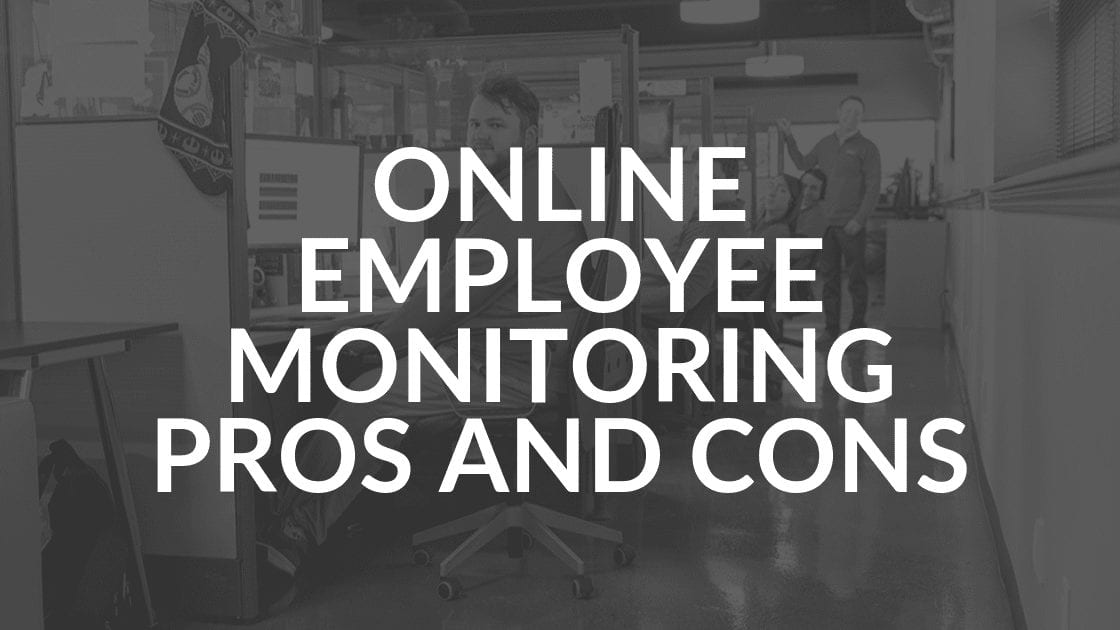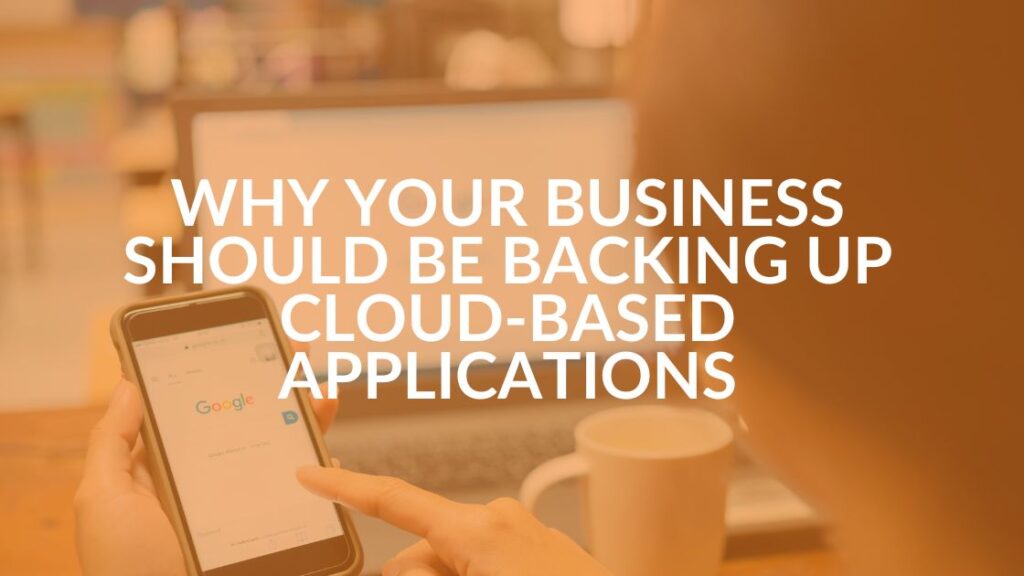Weighing the Pros and Cons of Employee Monitoring Online

The choice to monitor your employees’ computers is a tricky one. While it may seem unethical to some, it could save you hours of lost productivity or prevent a data breach. Here are some pros and cons of employee monitoring, and some tips to handle it fairly if you decide it’s right for your business.
Pro: The Case for Employee Monitoring Online
Monitoring your employees’ activities on company devices can help you:
- Protect your organization from data theft or harm. Careless or disgruntled employees may leak or steal your data.
- Ensure you have a harassment-free workplace. Cyber harassment (sexual or otherwise) happens among employees.
- Ensure staff are complying with policies. This can help with ensuring no illegal programs are downloaded and time is not spent on websites with illegal or hostile content.
- Provide evidence in case of a lawsuit. If an employee participates in illegal activities using your business’s computers, monitoring can provide evidence of who was involved.
Sadly, many business owners who begin monitoring their employees discover that their team members aren’t always focused solely on the company’s success. Wouldn’t you rather protect your company and know?
Con: Reasons Against Online Employee Monitoring
Some potential downsides to monitoring include:
- Productivity loss. Monitoring can put a damper on employee morale and this distrust may lead to productivity loss.
- Lost privacy and lawsuits. You may learn personal details of your employees that you would not have otherwise. This could potentially open up your business to privacy or discrimination issues.
Employee Online Monitoring Guidelines
If you decide to monitor your employees, here are a few tips you should follow.
- Create Policies in Writing
When you decide to monitor your employees, ask yourself: Am I doing this for security purposes? Is it to ensure your employees aren’t wasting time on social media? Monitoring policies that are too strict could create an atmosphere of distrust.
Avoid confusing employees by setting clear guidelines for acceptable use of email, social media, web browsing, instant messaging and downloading software and apps. Be sure to include how monitoring will be carried out and how data will be secured or destroyed.
- Tell Your Employees
It’s important to inform your employees about the scope of your monitoring. You could face legal issues if they find out you’re doing it without their knowledge. By being transparent and open, you may actually see a boost in productivity by deterring employees from wasting time on the web.
In your communications, explain why you’re doing it and the risks your business faces from misuse of digital assets. Let them know you’re not doing it to spy on their personal life, but to create a compliant and law-abiding workplace. Because activities will be less private, encourage your employees to keep their personal communication to their smartphones.
Best of all, be sure to provide a copy of your written policy to employees to read and sign.
- Get the Right Technology Tools
You don’t need to know every employee activity. Look for apps and software that alert you of the most relevant problems.
If implemented correctly, employee monitoring helps make your business more secure and productive.
Share this Blog

Is Your Name or Birthday a Part of Your Password?
If so, you’re a part of the 59 percent of people who don’t follow proper password hygiene. More than 70 percent of passwords are used for more than one system, meaning if cybercriminals crack one, they can access a lot more accounts.
Our free Enterprise Password Management Guide will give you the best password hygiene practices to help you secure your computer and your business.
Download the Guide
Explore the Latest Trends in IT

Microsoft 365 and Google Workspace: The Importance of Backing Up Your Cloud-Based Applications

AI Guiding Principles

Edge vs Chrome Security: Which Is the Best Browser for Your Business?




